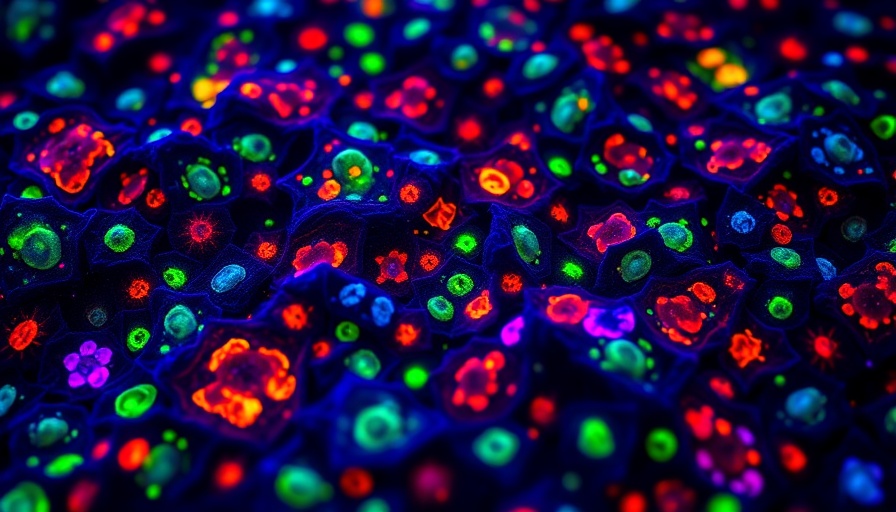
INSAR's Intentional Break: A Step Toward Evolution
The International Society for Autism Research (INSAR) has made a significant decision to pause its annual INSAR Institute for 2025. Traditionally held during June and July, this series of webinars has been a cornerstone for students, early-career researchers, and non-experts interested in autism research since its inception in 2015. The decision, as communicated by administrative director Chalise Shaw-McClaran, is rooted in the society's commitment to evolve and adapt to the changing landscape of autism research.
Understanding the Motivation Behind the Break
The leaders at INSAR have expressed a need to “thoughtfully reimagine” the webinar series, emphasizing that this pause is not merely a logistical adjustment but a strategic move aimed at enhancing the program ahead of its 25th anniversary in 2026. In her email, Shaw-McClaran stated the focus is on meeting the “evolving needs” of its diverse community, which includes a growing number of autistic researchers, self-advocates, and parents of autistic individuals.
Past Success and Community Impact
With attendance typically ranging from 150 to 300 individuals per session, the INSAR Institute has played a pivotal role in fostering connections and promoting visibility in the field of autism research. Postdoctoral fellow Gavin Stewart reflected on his experience, highlighting how the webinars have been instrumental in building his network and career visibility. Participants often noted the unique opportunity to engage with leading experts and fellow researchers, enriching their understanding and inspiring further inquiry.
Anticipated Changes and Future Directions
As INSAR prepares for its return in 2026, it is embracing this break as an opportunity to revamp the program. The current leadership changes within the Student and Trainee Committee (STC), which organizes the institute, are seen as a chance to introduce innovative frameworks that cater to the needs of a diversifying audience. This thoughtful approach is critical as the landscape of autism research evolves, requiring fresh perspectives and new methodologies.
Addressing Concerns and Misconceptions
Despite speculation, INSAR clarified that the decision to pause the webinars is unrelated to issues around funding or tensions within the autism research community. The organization historically relies on membership dues and philanthropic support rather than governmental funding, ensuring its independence. This focus on thoughtful evolution has led to questions about how future programs will balance diverse perspectives from researchers, autistic individuals, and those advocating for families.
The Importance of Community and Collaboration
The role of community in the development and success of the INSAR Institute cannot be overstated. Experts like Marika Coffman and Alana McVey have pointed out that opportunities for networking and collaboration made available through the institute are invaluable. These connections serve not just individual careers but help to build a robust, interdisciplinary approach to autism research.
A Look Forward: The 25th Anniversary
As INSAR approaches its milestone 25th anniversary in 2026, the anticipation builds. The society aims for a grand re-launch of the INSAR Institute that embodies its mission to support a diverse array of voices within the autism research realm. This is more than just a program. It represents a shared commitment to advancing our understanding of autism while ensuring that all community voices are heard and valued.
Conclusion: Staying Tuned for Future Developments
As the INSAR community embarks on this period of reflection and transformation, it invites input from its members to help shape the future of the INSAR Institute. For those passionate about autism research and advocacy, this is a time of exciting possibilities. The upcoming changes promise to enhance the community's ability to share knowledge and foster collaboration.
 Add Row
Add Row 

 Add
Add 


Write A Comment